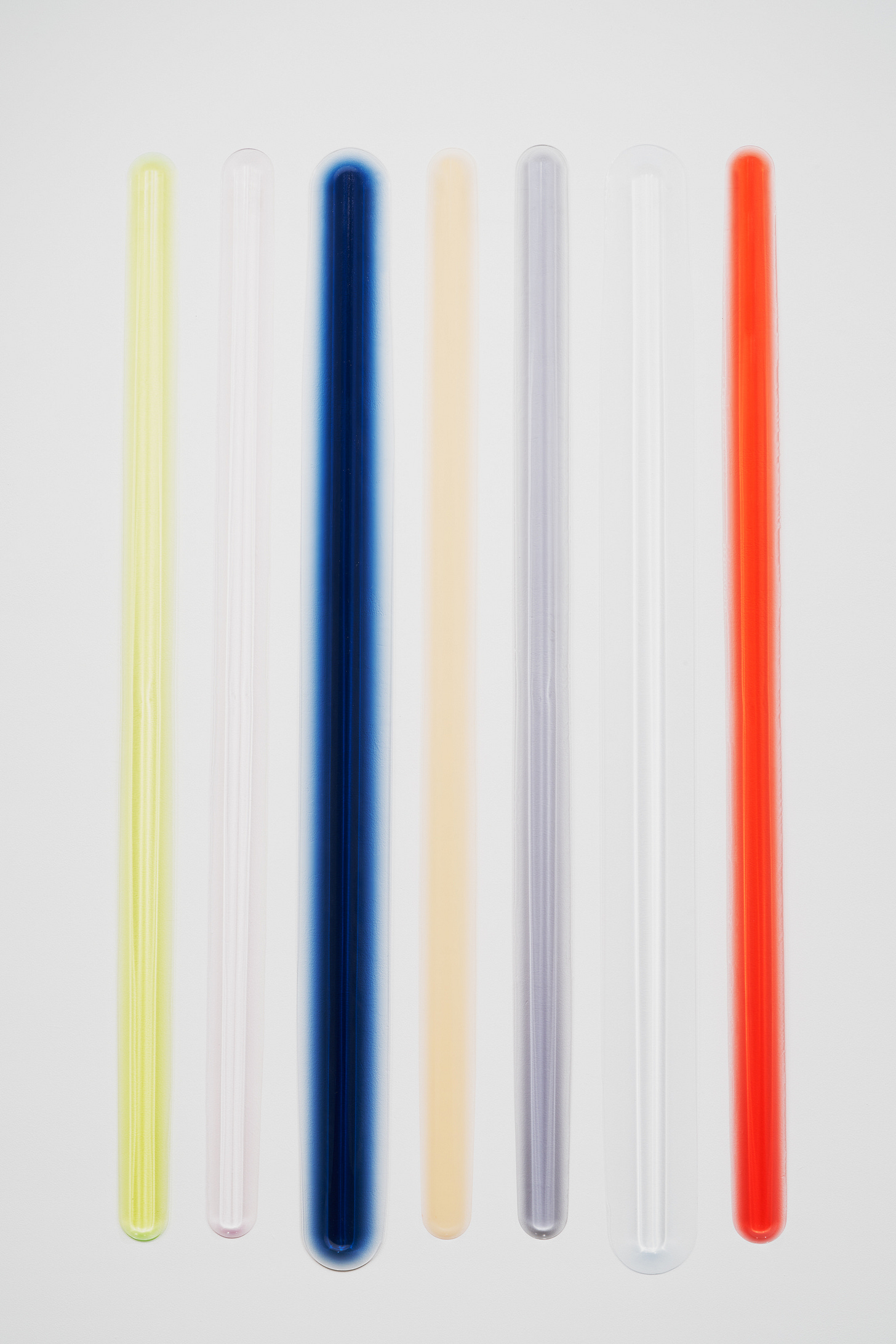Get to know: Peter Alexander
Pace Gallery | Hong Kong

Peter Alexander (American, b. 1939, Los Angeles; d. 2020, Santa Monica, California) is recognized for his multidisciplinary practice through which he explores light and color. Originally interested in architecture, he attended the University of Pennsylvania (1957–1960), the Architectural Association in London (1960–1962), University of California, Berkeley (1962–1963), and eventually studied under RichardDiebenkorn at the University of Southern California, Los Angeles (UCLA) where he earned a BA in 1965 and MFA in 1966. Alexander rose to artistic prominence in the 1960s, cementing himself as a key figure in California's Light and Space movement. He is best known for his geometric and wall-mounted sculptures, which emanate light from within by way of resin and color dye. A lifelong surfer, he discovered the potential of resin while repairing a surfboard as a young man. He was drawn to the medium for its transparency and liquid-like texture. Utilizing polyester resin in his work for the majority of the 1960s, he stopped using the material in 1972 due to its toxicity, returning to resin after one of his early sculptures broke during an installation at the Centre Pompidou in Paris.

Alexander was heavily influenced by his surroundings growing up in Southern California and is most well-known for his box and wedge-shaped sculptures, which he referred to as rooms the viewer could enter. The artist emphasized the importance of the smoothness of the object’s surface. Many of Alexander’s pieces reference West Coast landscapes and seascapes and are informed by atmospheric light—the sunlight glistening on the ocean—and artificial light, such as the glow of boardwalk lamps hitting palm trees on Venice Beach. His practice also spanned painting, drawing, lithography, and polaroid photography. Over the course of his six-decade career, Alexander became a master of creating, bending, and manipulating light while bringing viewers into the realms of his translucent sculptures.

